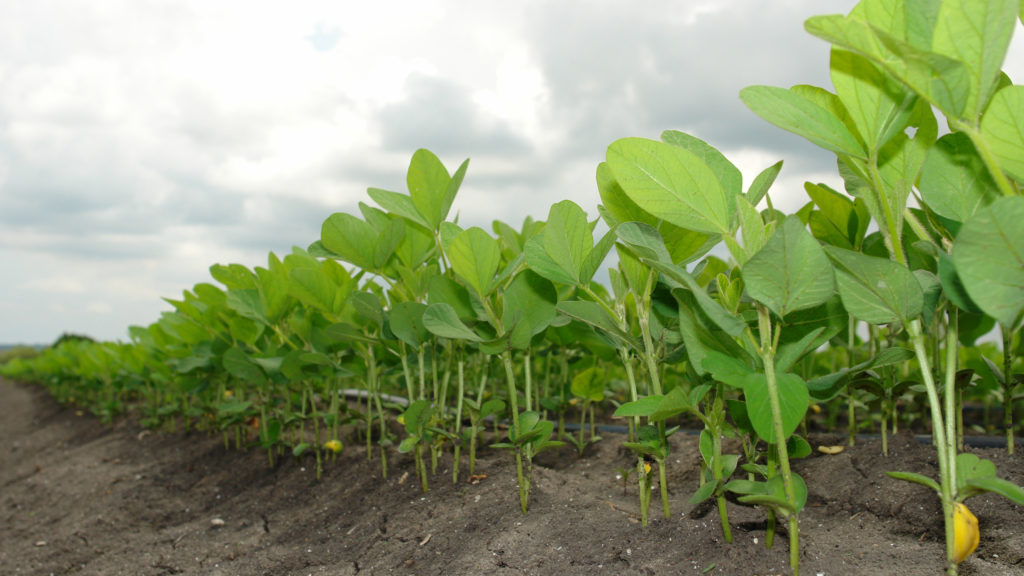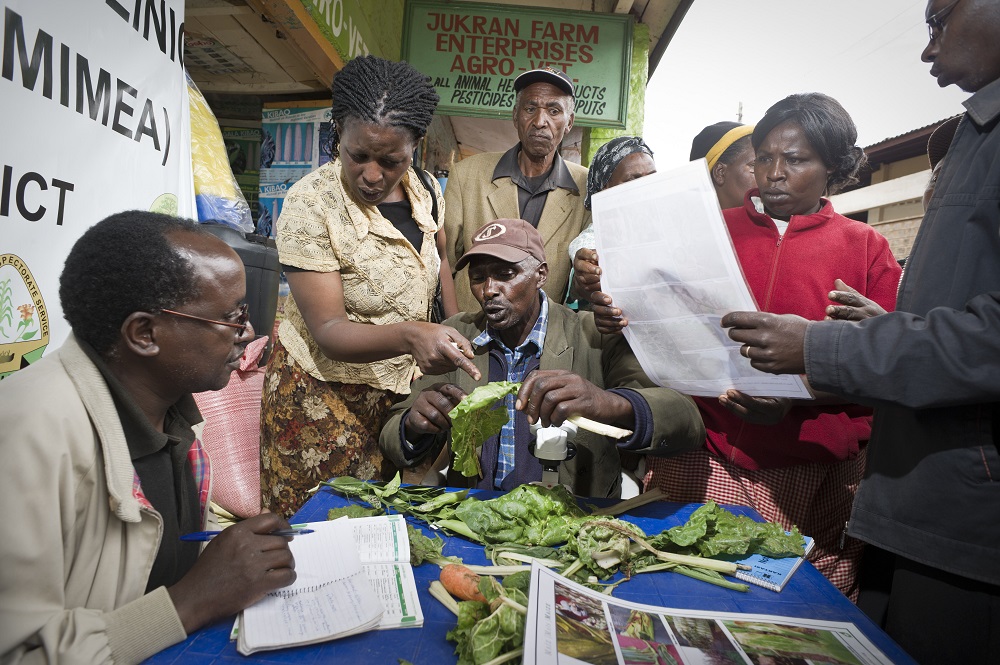How crop diversity could help secure our future food supply
Diversity within maize. Image source: Sam Fentress, CC BY-SA 2.0, https://commons.wikimedia.org/w/index.php?curid=1293212 16 October is World Food Day (#WFD2016); this year’s theme is ‘Climate is changing. Food and agriculture must too.’ Jennifer Cunniff, plant scientist in CABI’s editorial team looks at how harnessing crop diversity is vital for us to meet the challenge. Of the wide…
World Food Day – What’s the Point?
Today, October the 16th, is World Food Day. As it was last year. As it will be next year. But, does having a day dedicated to the world’s food security problems do any good? I ask myself.





